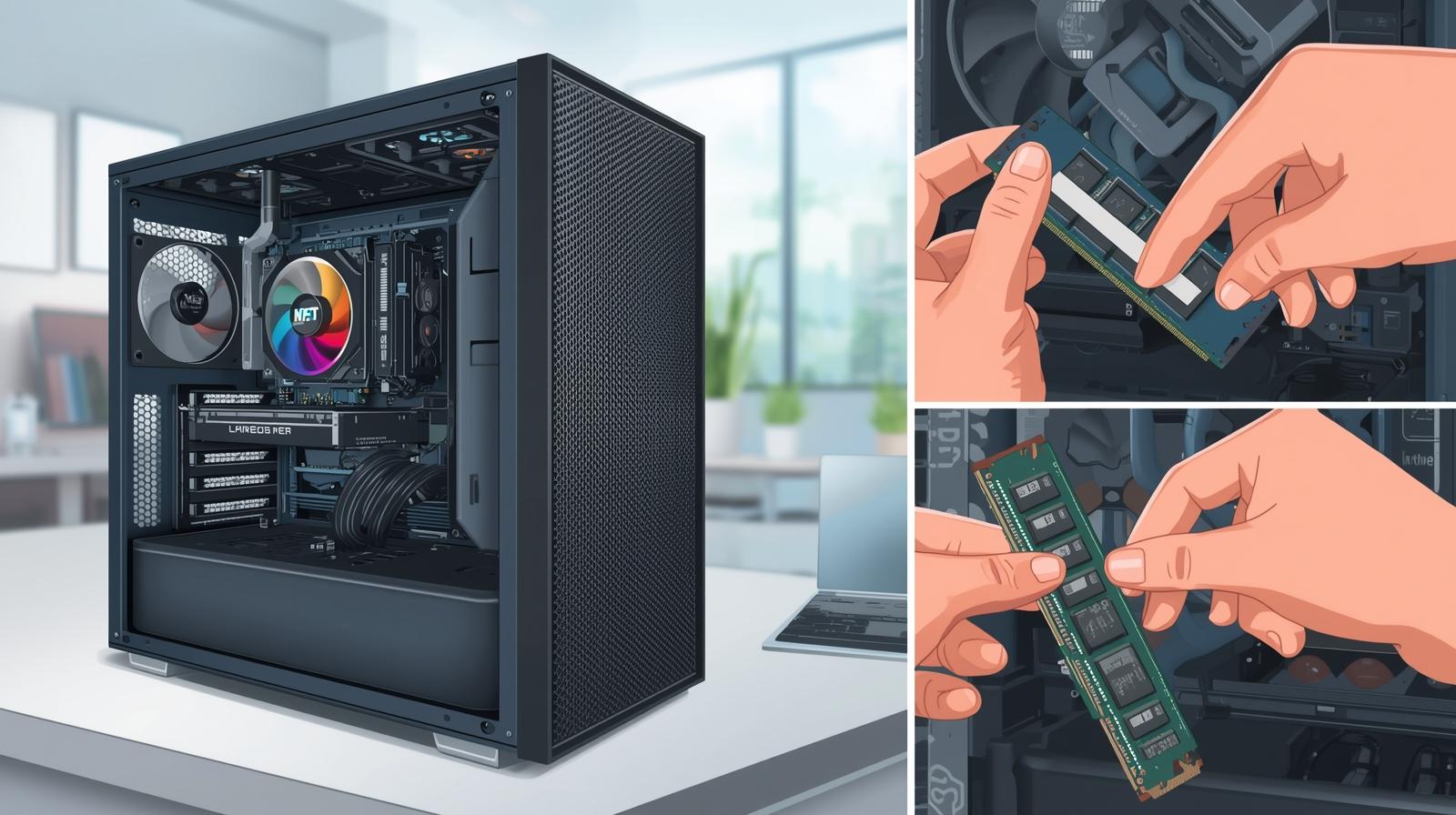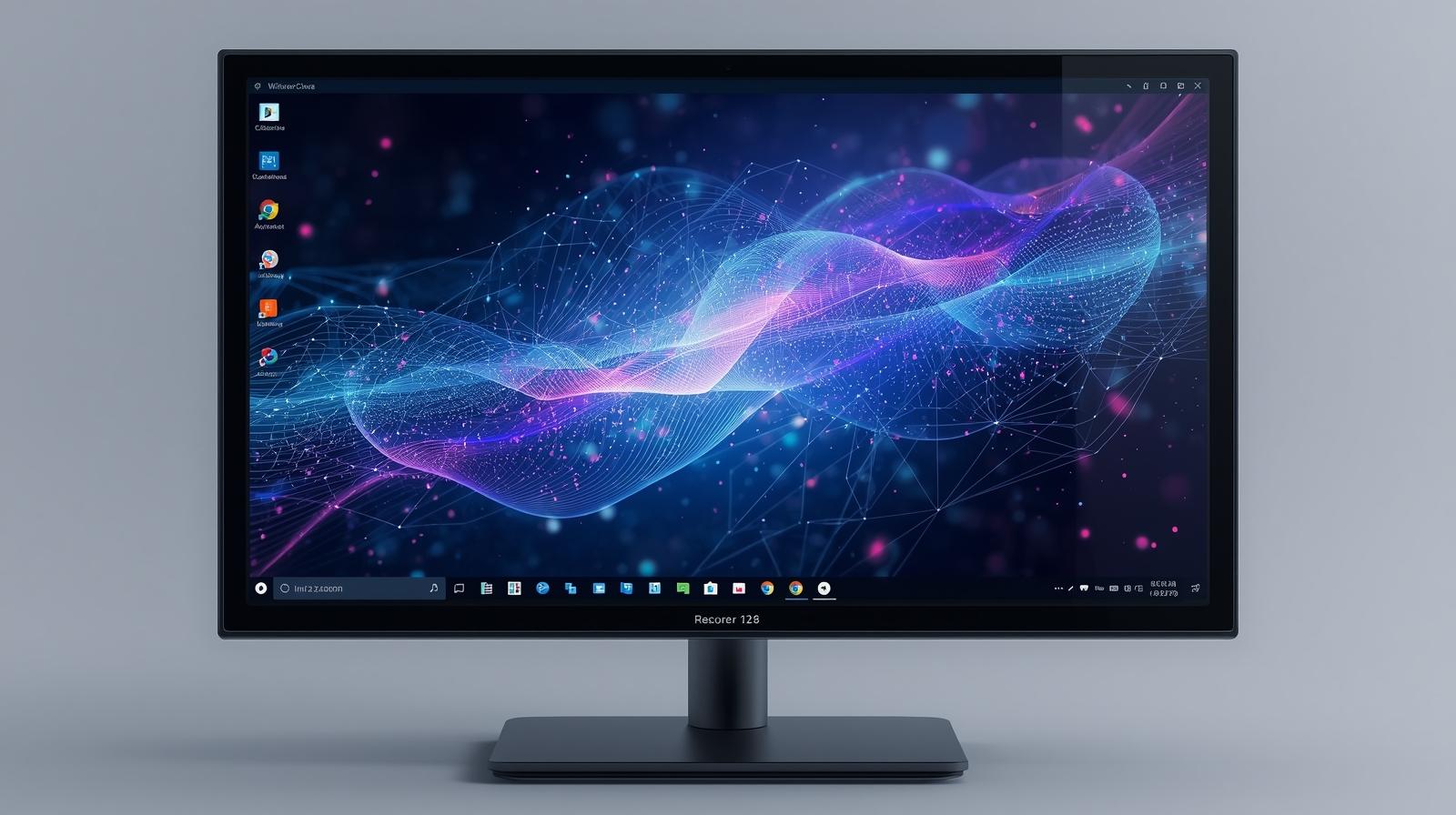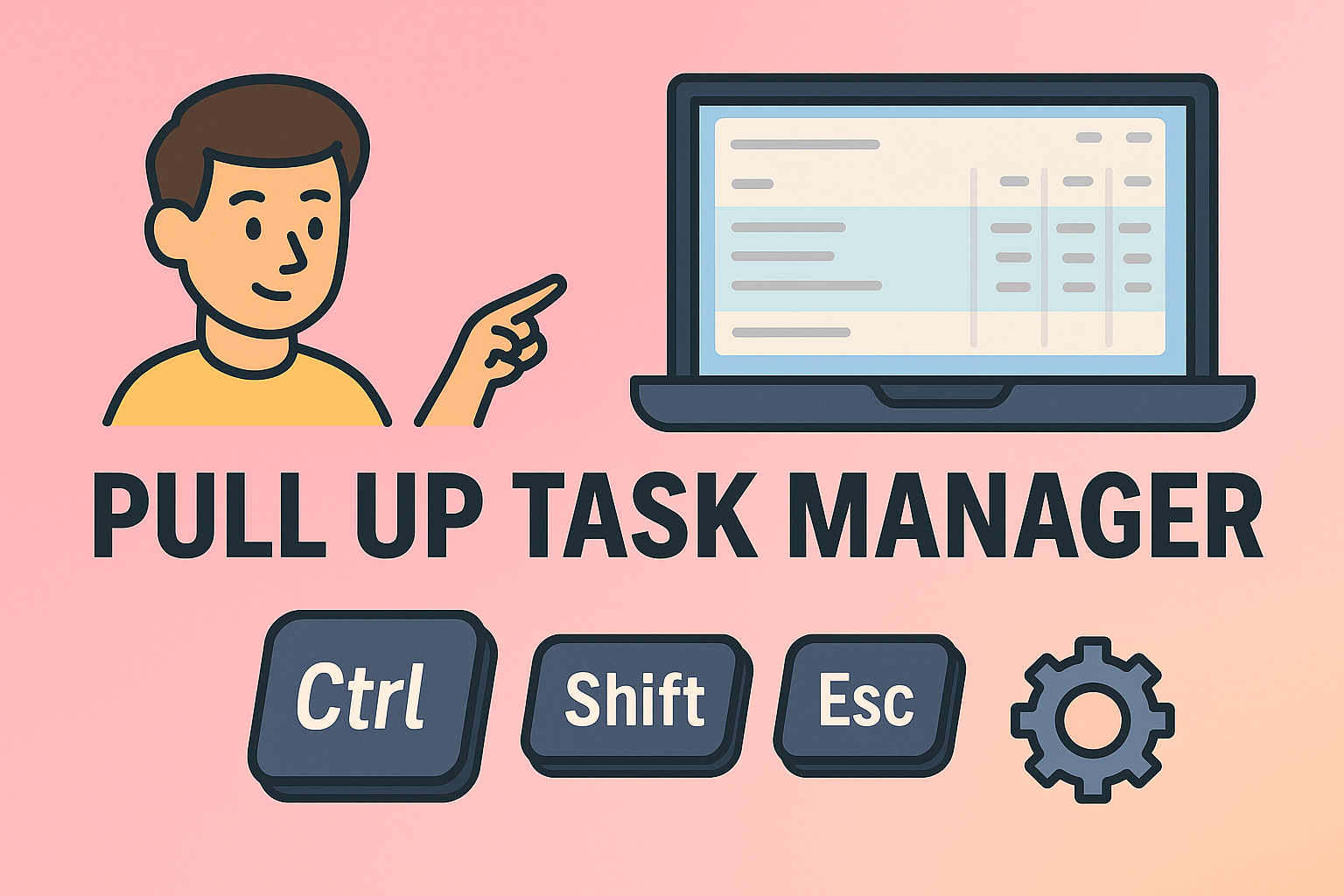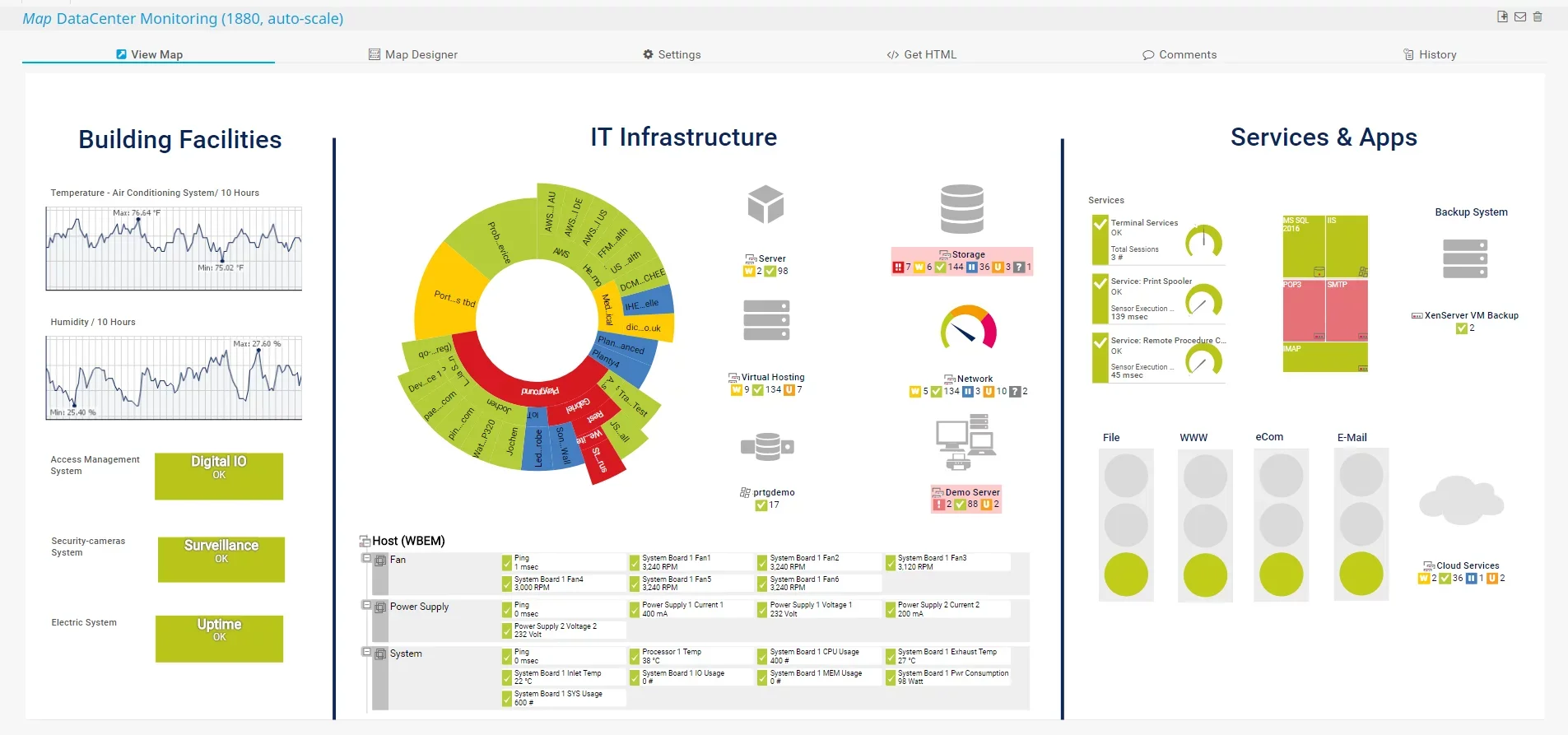Preventing Automatic MDM Reenrollment on Windows Laptops
Updated on November 25, 2025, by ITarian

If you’ve been searching for how to keep a laptop from reenrolling in MDM, you’re likely dealing with a Windows device that keeps automatically joining a Mobile Device Management (MDM) platform such as Intune, Workspace ONE, MobileIron, or another enterprise management tool. This can be frustrating, especially if the laptop is no longer part of an organization, was purchased second-hand, or is stuck in a loop where it re-registers after every reset. For IT managers, cybersecurity professionals, and business owners responsible for device hygiene, preventing unwanted MDM reenrollment is critical for maintaining full administrative control.
Automatic MDM reenrollment happens when Windows detects old configurations, certificates, Azure AD enrollment records, or Autopilot profiles tied to a previous organization. Without proper cleanup, the device repeatedly reconnects to the same MDM system—even after factory resets. This comprehensive guide explains every method to stop forced MDM enrollment, remove lingering configurations, and ensure your Windows 11 or Windows 10 device remains independent.
Why Windows Laptops Reenroll in MDM Automatically
Understanding why reenrollment happens is the first step toward preventing it.
Common causes of forced MDM reenrollment:
-
Microsoft Autopilot profile still assigned to the device
-
Azure AD Join or Hybrid Join still active
-
Old MDM certificates stored in the system
-
MDM enrollment entries in the Windows registry
-
Group Policy enforces automatic MDM enrollment
-
Device still registered in the MDM tenant
-
Company Portal or Workspace apps trigger enrollment
-
Provisioning packages (*.ppkg files) applied in the past
As long as one of these remains active, Windows will attempt to enroll again.
How to Check If Your Laptop Is Enrolled or Auto-Managed
Before learning how to keep a laptop from reenrolling in MDM, verify its current enrollment status.
Check via Settings:
-
Open Settings
-
Go to Accounts
-
Select Access work or school
-
Look for connected accounts with MDM or MDM authority
Check MDM status through command line:
Open PowerShell or CMD:
Look for:
-
AzureAdJoined
-
DomainJoined
-
MDMUrl
-
MDMEnrollment
If any display “YES,” the device was previously managed.
Check Registry keys:
Open:
If entries exist here, the device has remnants of MDM configurations.
Key Strategies to Keep a Laptop From Reenrolling in MDM
Here are the most effective solutions to fully prevent MDM reenrollment on Windows 11 and Windows 10.
Remove the Device From the Organization’s MDM Tenant
If the device was previously managed by a company, its record may still exist in the MDM backend.
Remove the device from:
-
Microsoft Intune Admin Center
-
Azure AD Devices
-
Autopilot Devices / Deployment Profiles
-
Third-party MDM consoles
Why this works:
As long as the device exists in Intune or Autopilot, the server may force enrollment the moment the laptop connects to Microsoft services.
Unassign or Delete Windows Autopilot Profiles
This is the #1 reason devices re-enroll even after a full reset.
Steps for Autopilot cleanup:
-
Log into Microsoft Endpoint Manager
-
Go to Devices > Windows > Windows Enrollment > Devices
-
Locate the device by serial number
-
Delete or Unassign the device
-
Confirm removal
If you skip this step, the laptop will re-enroll automatically after every reset.
Remove Azure AD Join or Hybrid Join Records
Azure AD join triggers MDM enrollment for many organizations.
To stop this:
-
Visit Azure AD Admin Center
-
Navigate to Devices
-
Search the device name
-
Remove the device record
Once removed, Windows will no longer auto-connect using that identity.
Remove MDM Certificates on Windows 11
Certificates stored in Windows can force reenrollment.
Steps:
-
Search certmgr.msc
-
Go to Personal → Certificates
-
Remove MDM-related certificates (Intune, SCEP, DEP enrollment)
-
Restart the device
Without these certificates, MDM agents cannot reconnect.
Delete MDM Enrollment Registry Keys
This step removes policy remnants.
Navigate to:
Delete subkeys related to:
-
Intune
-
Workspace ONE
-
MobileIron
-
MaaS360
-
Other MDM vendors
Warning:
Always back up the registry before modifying it.
Disable Automatic MDM Enrollment Through Group Policy
Some laptops have policies enforcing MDM join.
Steps:
-
Press Win + R → type gpedit.msc
-
Navigate to:
Computer Configuration → Administrative Templates → Windows Components → MDM -
Disable:
Enable automatic MDM enrollment using default Azure AD credentials
Why this works:
If this policy is enabled, Windows forces MDM enrollment at login.
Disable Automatic MDM Enrollment Through Registry
If Group Policy isn’t available (Home edition), disable through Registry:
Set:
Remove Company Portal or MDM Apps
Apps like:
-
Company Portal (Intune)
-
Workspace ONE Intelligent Hub
-
IBM MaaS360
-
MobileIron Go
can trigger re-enrollment.
Steps:
-
Open Settings
-
Select Apps
-
Uninstall all MDM agents
Then restart your device.
Delete Enterprise Provisioning Packages (*.ppkg)
These packages can silently install MDM profiles.
Steps:
-
Open Settings
-
Go to Accounts → Access work or school
-
Select Add or remove provisioning packages
-
Remove any enterprise package
These packages often come from schools or organizations.
Prevent Reenrollment After a Factory Reset
Many users discover the laptop re-enrolls AFTER resetting Windows.
To avoid this:
-
Remove device from Autopilot
-
Remove from Azure AD
-
Remove MDM records
-
Remove certificates
-
Delete registry entries
-
Disable auto-enrollment policies
Resetting without these steps leads to immediate MDM reinstatement.
Fully Reset Windows Without Re-Enrollment Triggers
Use local reinstall—not cloud reinstall.
Steps:
-
Open Settings
-
Go to System > Recovery
-
Select Reset this PC
-
Choose Remove everything
-
Select Local reinstall
Cloud reinstall may download MDM-linked configurations again.
Advanced Method: Reinstall Windows Using a USB Installer
This method ensures a clean installation fully independent of previous settings.
Requirements:
-
USB drive (8GB or more)
-
Windows 11 installation media
Doing this removes all triggers for MDM, unless the device is tagged in Autopilot.
How IT Teams Prevent Unwanted Reenrollment in Enterprise Environments
MDM specialists often need to prevent devices from re-enrolling when transitioning to new management platforms.
Best practices:
-
Offboard devices in a structured process
-
Remove all user/device assignments
-
Archive or delete Autopilot profiles
-
Clear compliance and configuration policies
-
Remove licenses associated with device-based management
-
Audit MDM logs regularly
This ensures clean transitions without accidental re-enrollment loops.
Risks of Improper MDM Removal
Possible issues:
-
Broken Windows Update
-
Lost access to Windows Security
-
Disabled device identity features
-
System instability
-
Compliance violations (if done without authorization)
Always take backups and ensure ownership before attempting removal.
Frequently Asked Questions
1. Why does my laptop re-enroll in MDM after every reset?
Because an Autopilot, Azure AD, or MDM record still exists in the organization’s backend.
2. Does a Windows reset remove MDM?
Not fully. Autopilot can reinstall MDM settings automatically.
3. Can I block MDM enrollment without admin access?
Some methods work, but full prevention usually requires admin access.
4. Is it legal to remove MDM from a device I own?
Yes. Removing it from a company-owned device without approval is prohibited.
5. Will replacing the hard drive remove MDM?
Not if Autopilot or Azure AD join still exists in the cloud.
Final Thoughts
Understanding how to keep a laptop from reenrolling in MDM is essential for anyone managing Windows devices—whether you’re a business owner reclaiming control of company laptops, an IT manager offboarding old hardware, or an individual who purchased a previously managed device. By removing MDM records, clearing certificates, disabling policies, and resetting the OS correctly, you can ensure that your Windows 11 laptop stays fully independent and free from unwanted re-enrollment.
If you’re looking to enhance device visibility, streamline management, and prevent configuration errors across your organization, you can Start your free trial with ITarian and explore powerful endpoint and MDM solutions tailored for modern IT environments.














